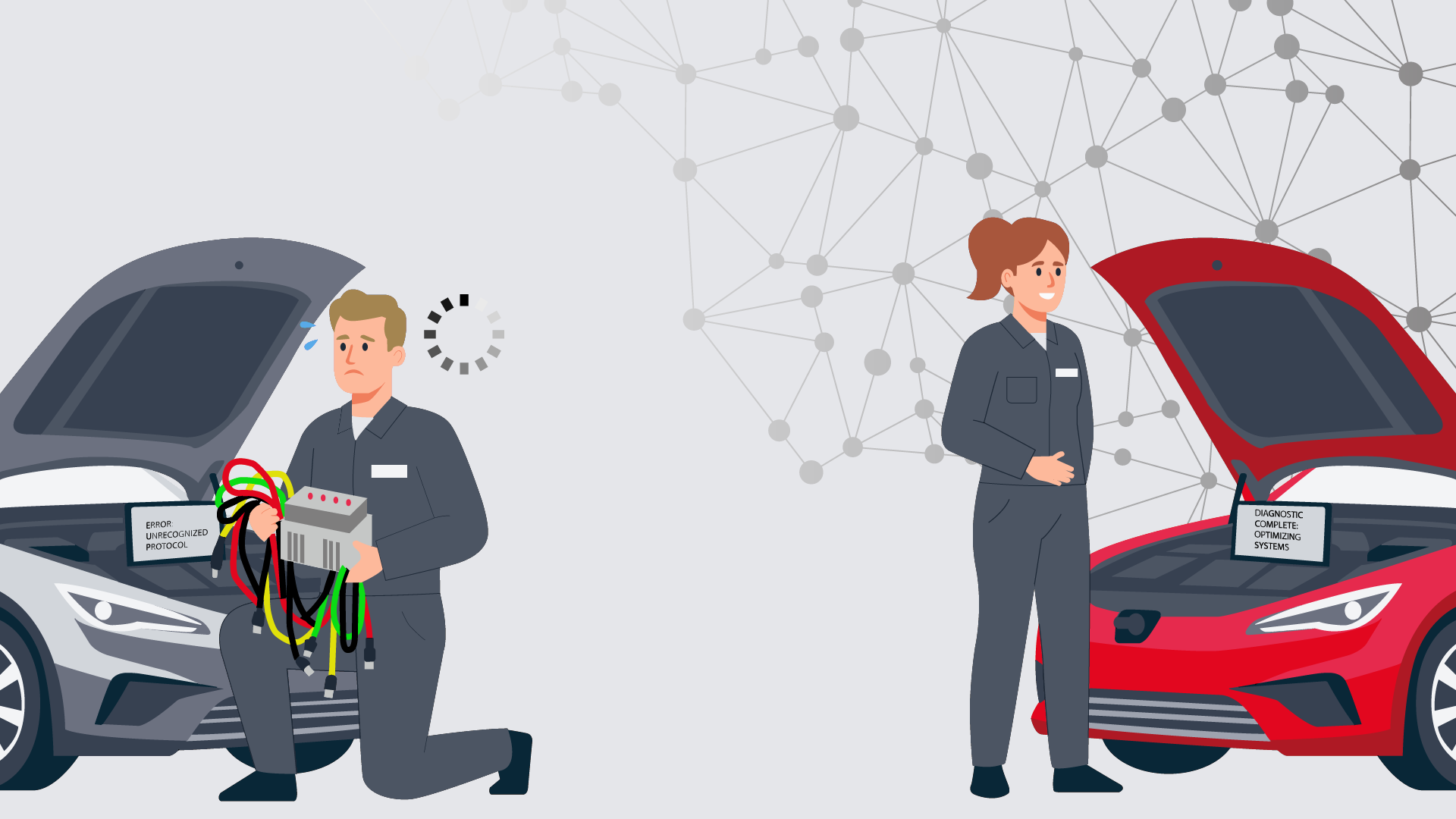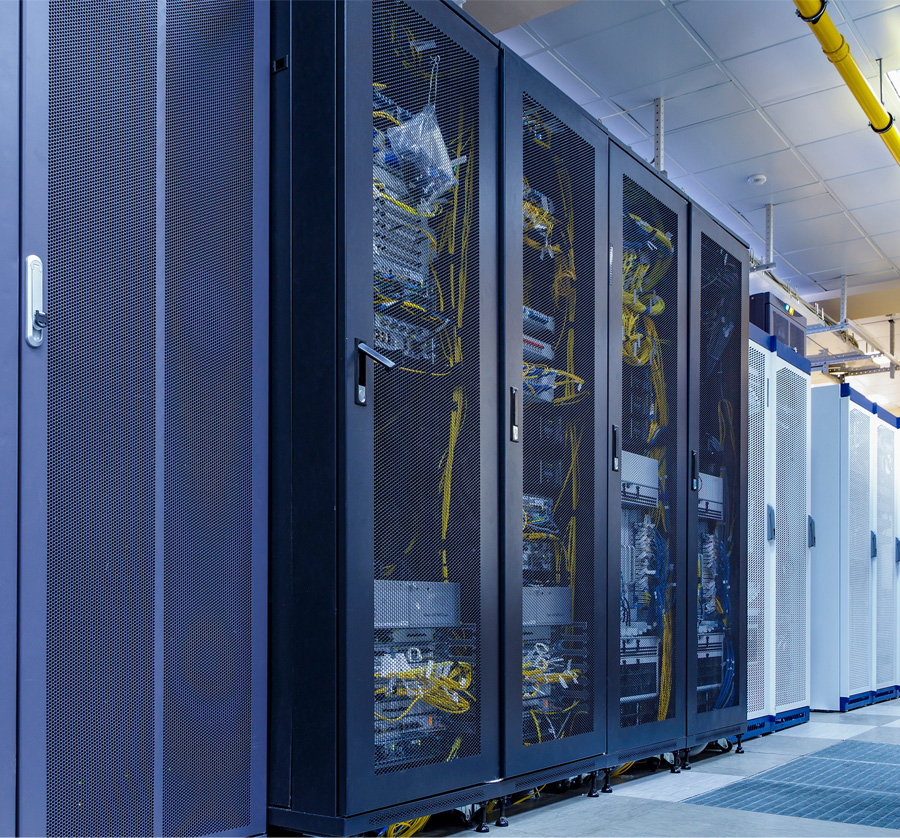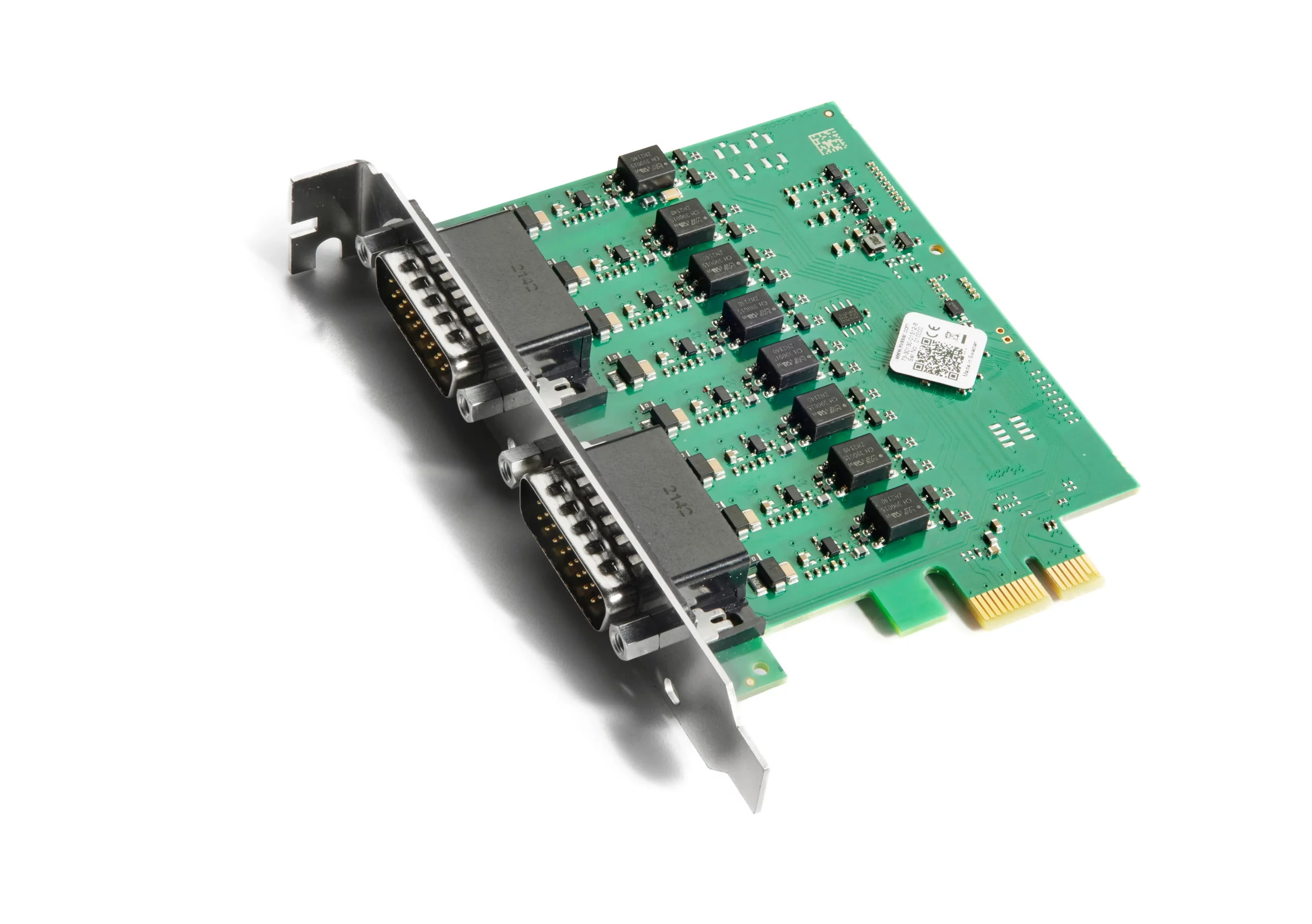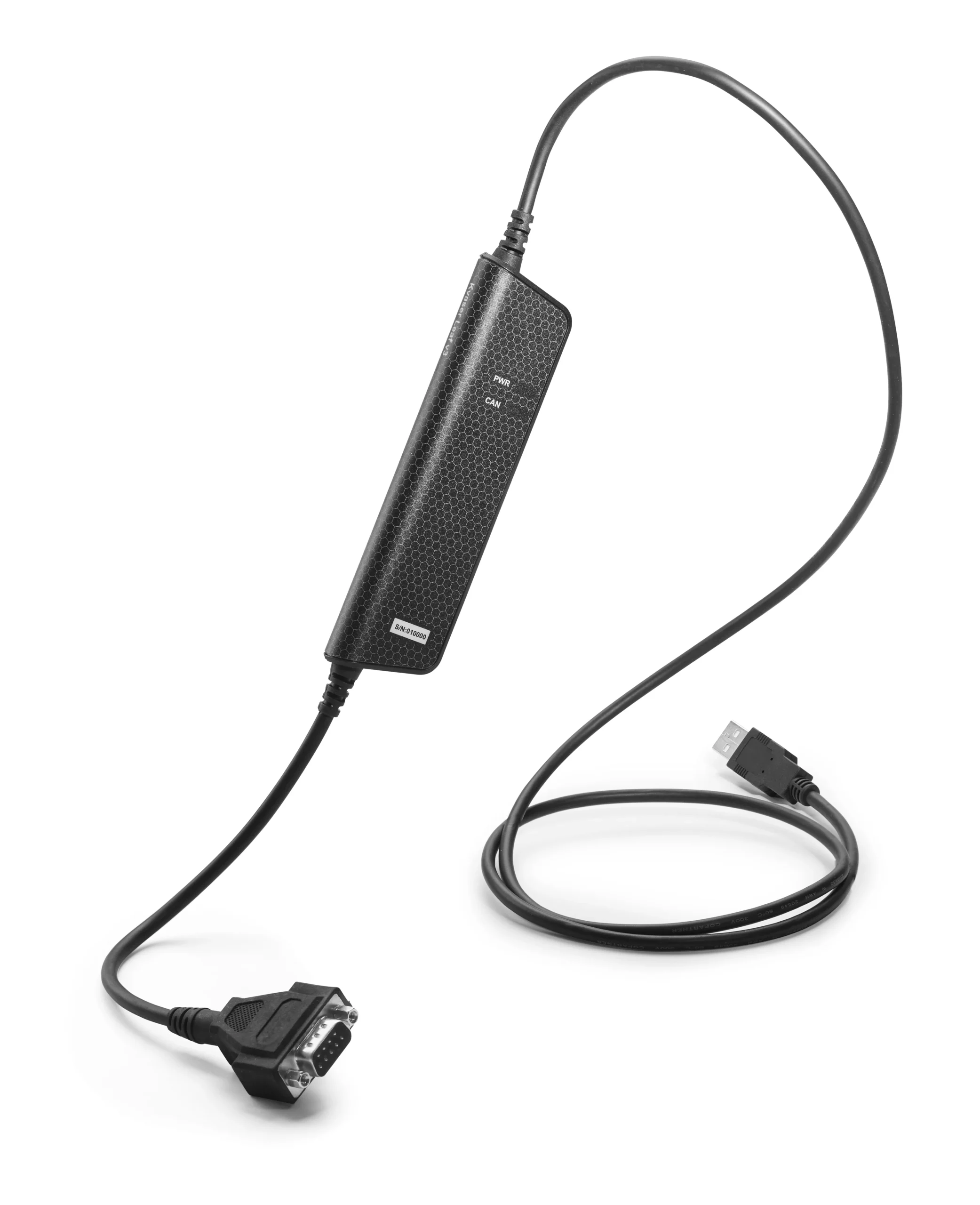Automotive & Commercial Vehicles
Originally developed for the auto industry, the automotive CAN bus protocol, a high-integrity serial bus, has since found widespread application elsewhere, including trucks, buses, trains, trams, forklifts and many other vehicles. With its cast-iron error handling and fault confinement algorithms, CAN today is the de facto standard for in-vehicle network communication, proving an inexpensive, robust solution for automotive control networks in all vehicle types.
The Ultimate Decentralized Architecture
Among the electronic control modules that CAN is used to connect today are engine management, suspension, cruise control, transmission, ignition, HVAC, telematics and rear lighting. Automotive applications fall into two categories: body control, dealing with passenger comfort; and powertrain, relating to engine and transmission control. These equate to low and high speed physical layer requirements respectively, with body electronics networks typically exhibiting more sporadic, less predictable messaging, whilst engine/transmission type messages tend to be faster but more predictable.
The CAN protocol defines the physical layers of the CAN bus. But to use CAN, a higher layer protocol is generally needed to manage communication within a system. SAE J1939 was specifically developed by the American Society of Automotive Engineers (SAE) for heavy-duty vehicles such as trucks, buses and mobile hydraulics. Efforts are also underway to interface CAN and Ethernet, the dominant technology for local area networks.
Meeting Current and Future Automotive Needs
All Kvaser’s CAN interfaces are designed for automotive and commercial vehicle use. Kvaser supplies CAN interfaces and dataloggers for connection to high and low speed CAN, as well as LIN (local interconnect network), an inexpensive serial bus that is typically used for mechatronic nodes in a car. We are also working to meet interface needs for the emerging CAN FD standard, which is now in development. In the future, a combination of CAN FD and Ethernet will satisfy an ever increasing requirement for speed and bandwidth from new automotive features such as advanced driver assistance systems, parking aids and blind-spot detection. Meanwhile, standard CAN is likely to see application in automotive and other vehicle networks in 50 years from now!
Notably, several of Kvaser’s Technical Associates provide CAN software that is designed for specific automotive applications, such as ECU calibration, data acquisition and ECU development. See our vendor list below to discover more about dedicated software packages like ATI’s VISION Calibration and Measurement Software, TKE’s CANtrace software for CAN bus analysis on rugged PDAs and Zuragon’s ViCANdo test and analysis environment for automotive and marine safety and infotainment systems.
Related Articles









